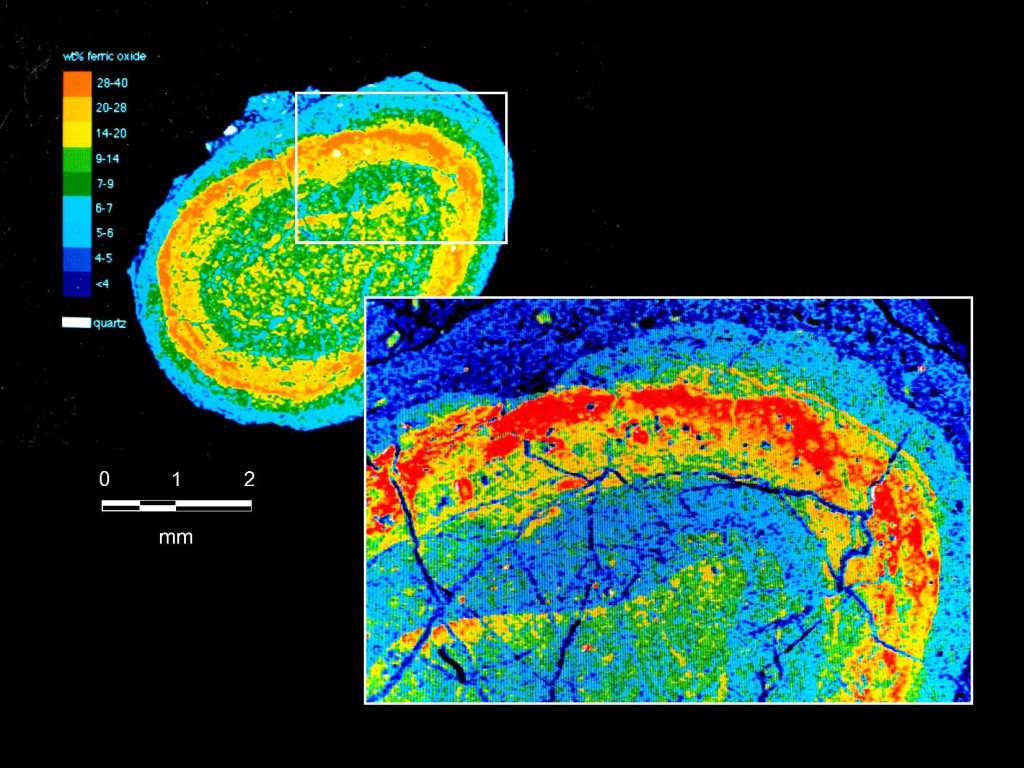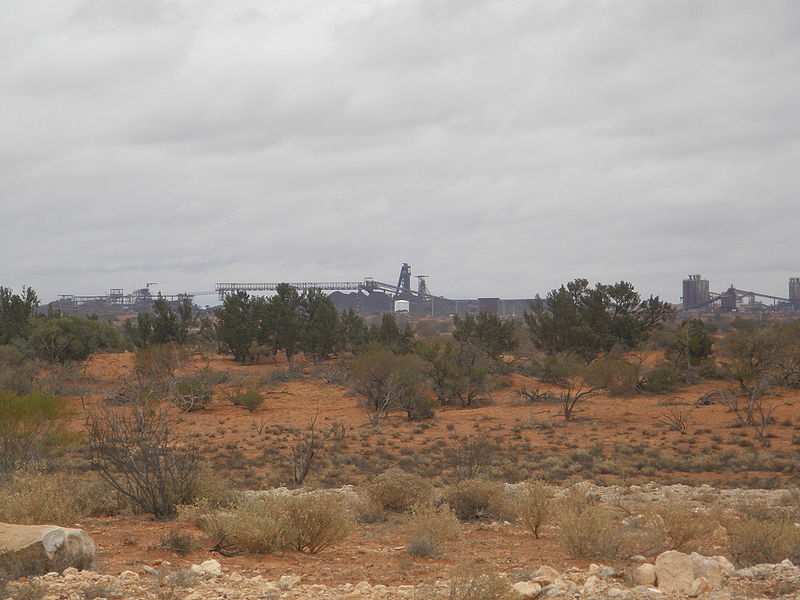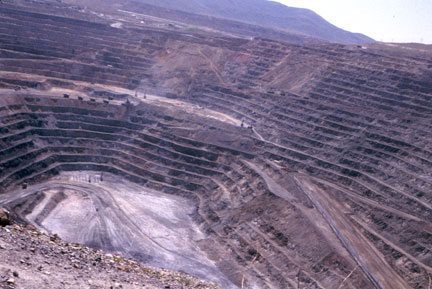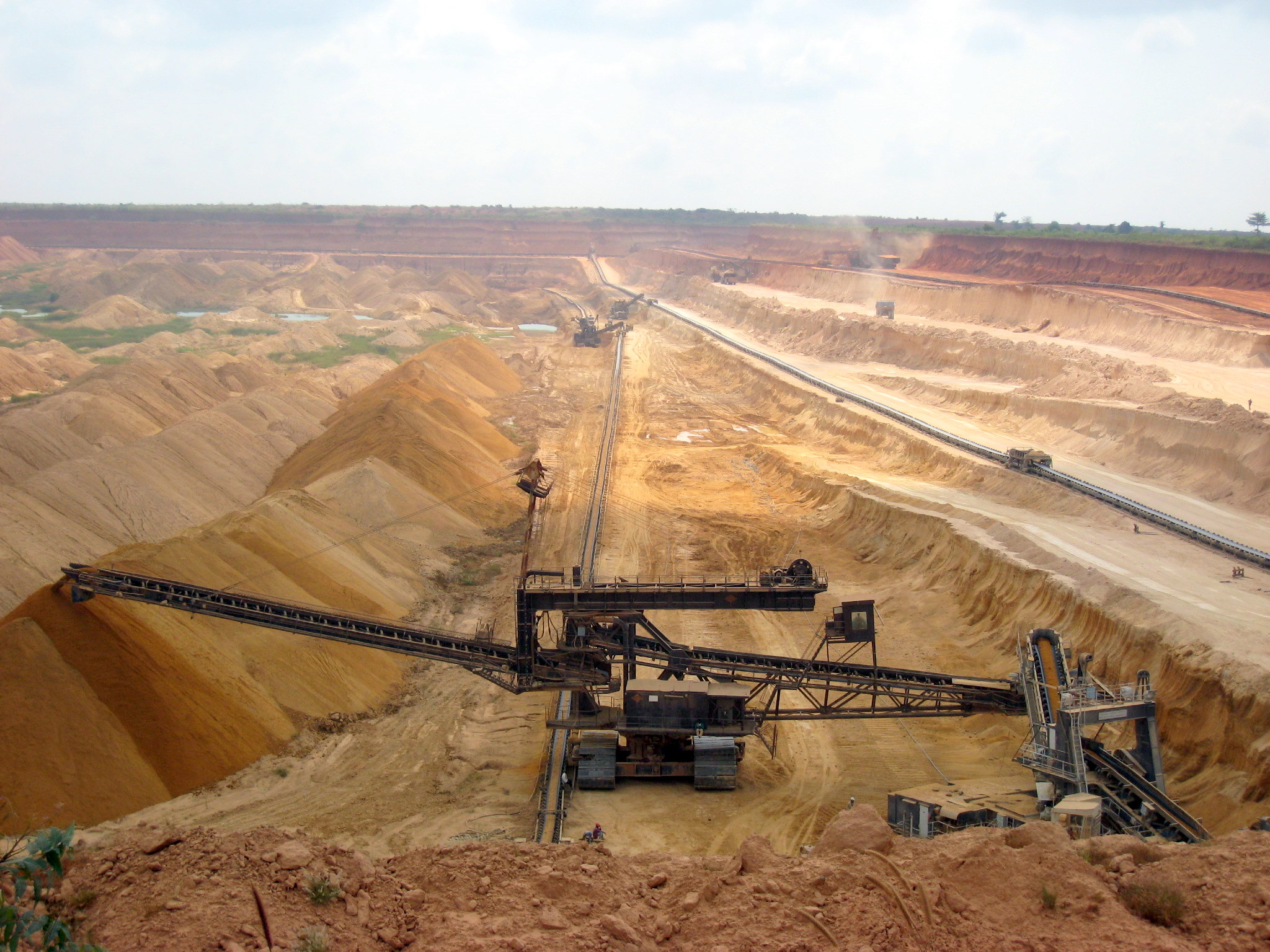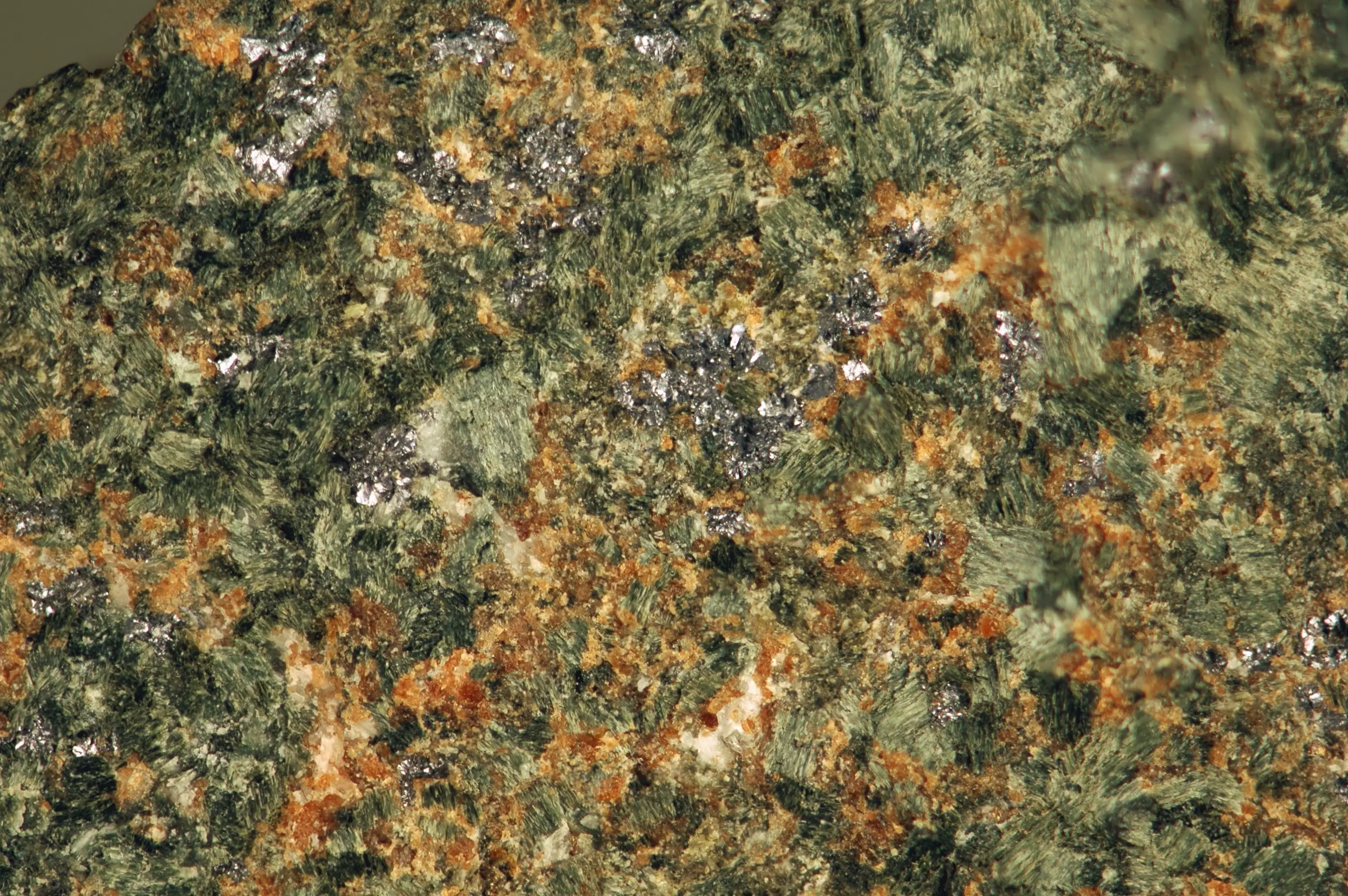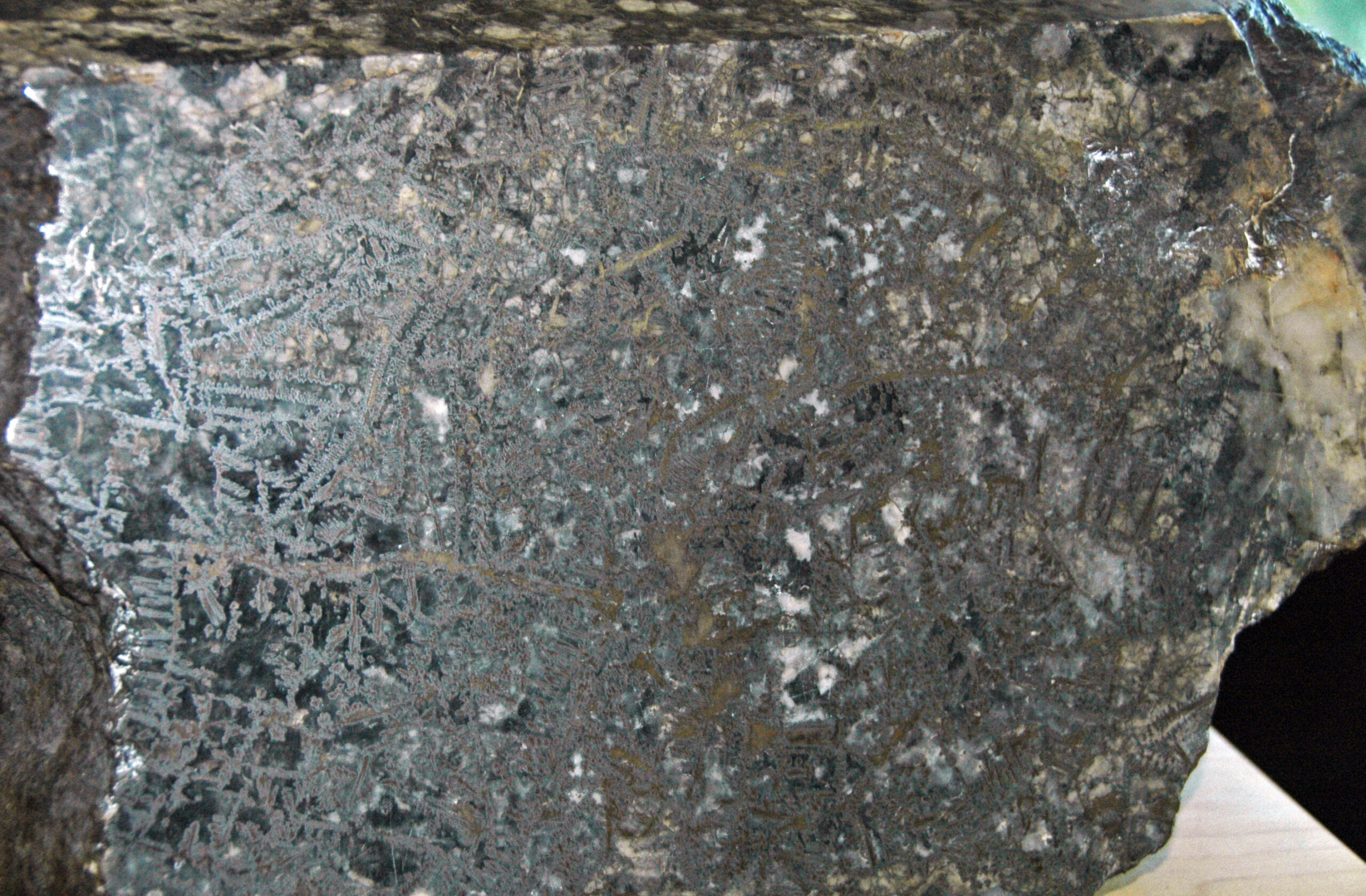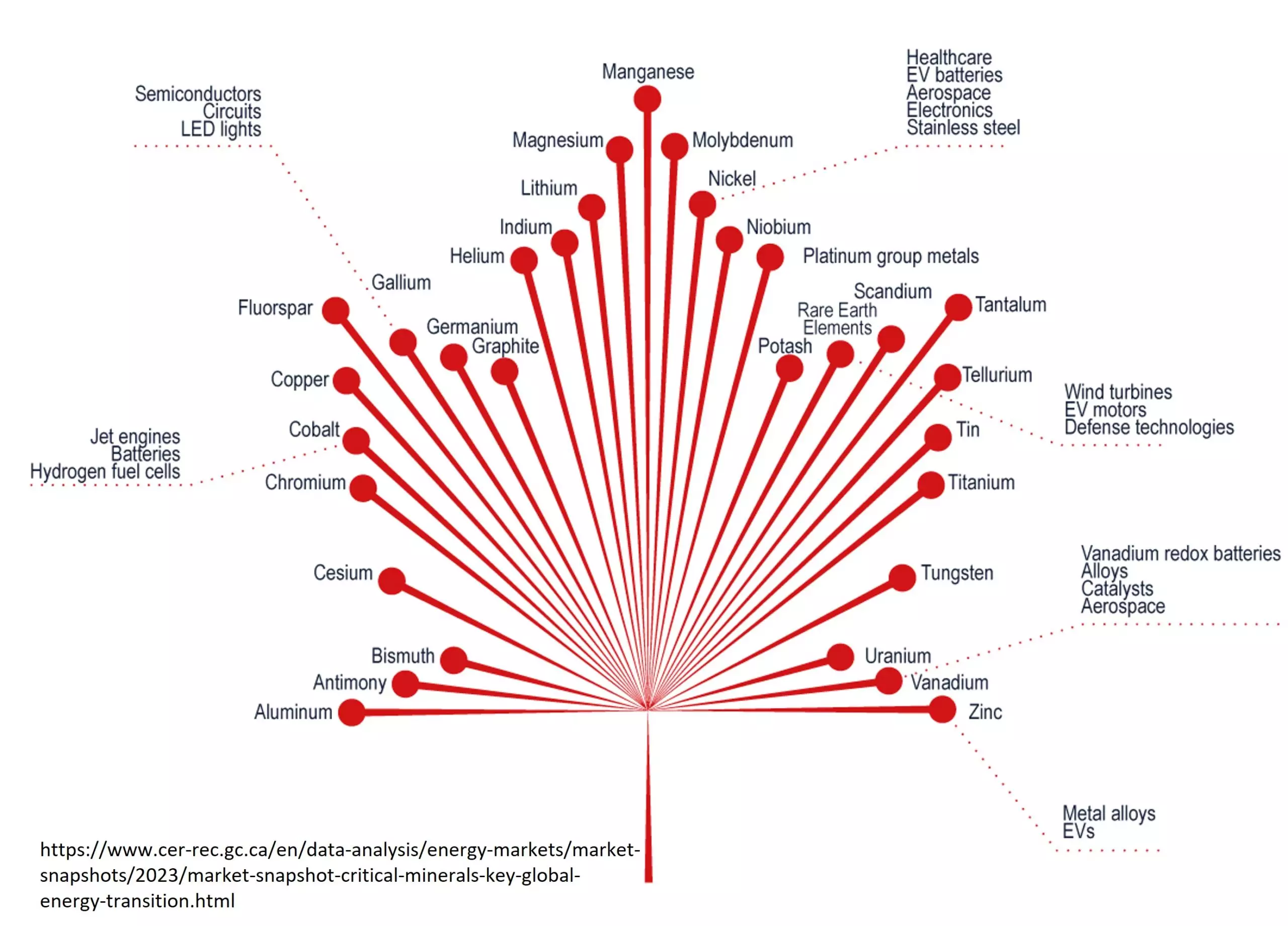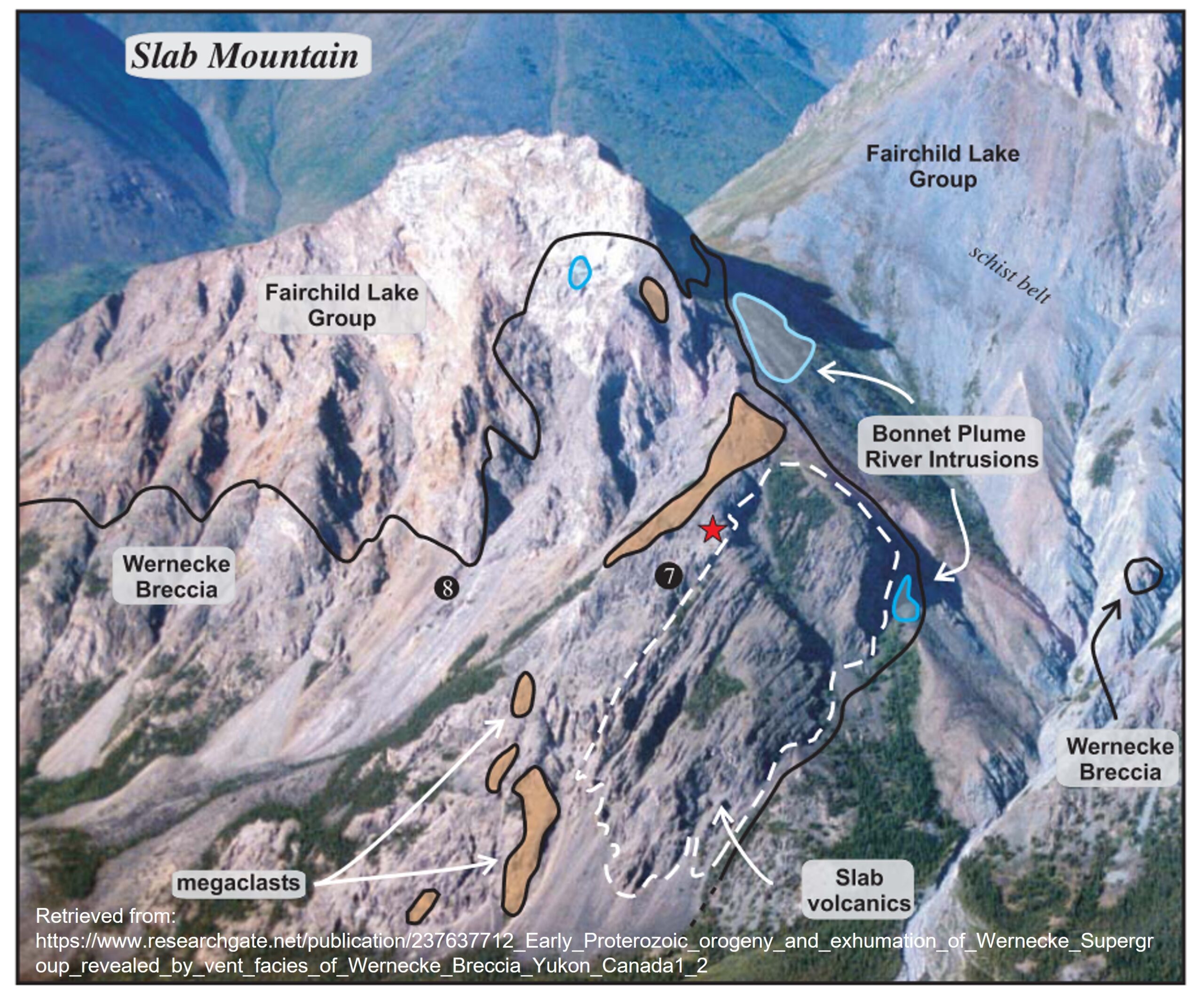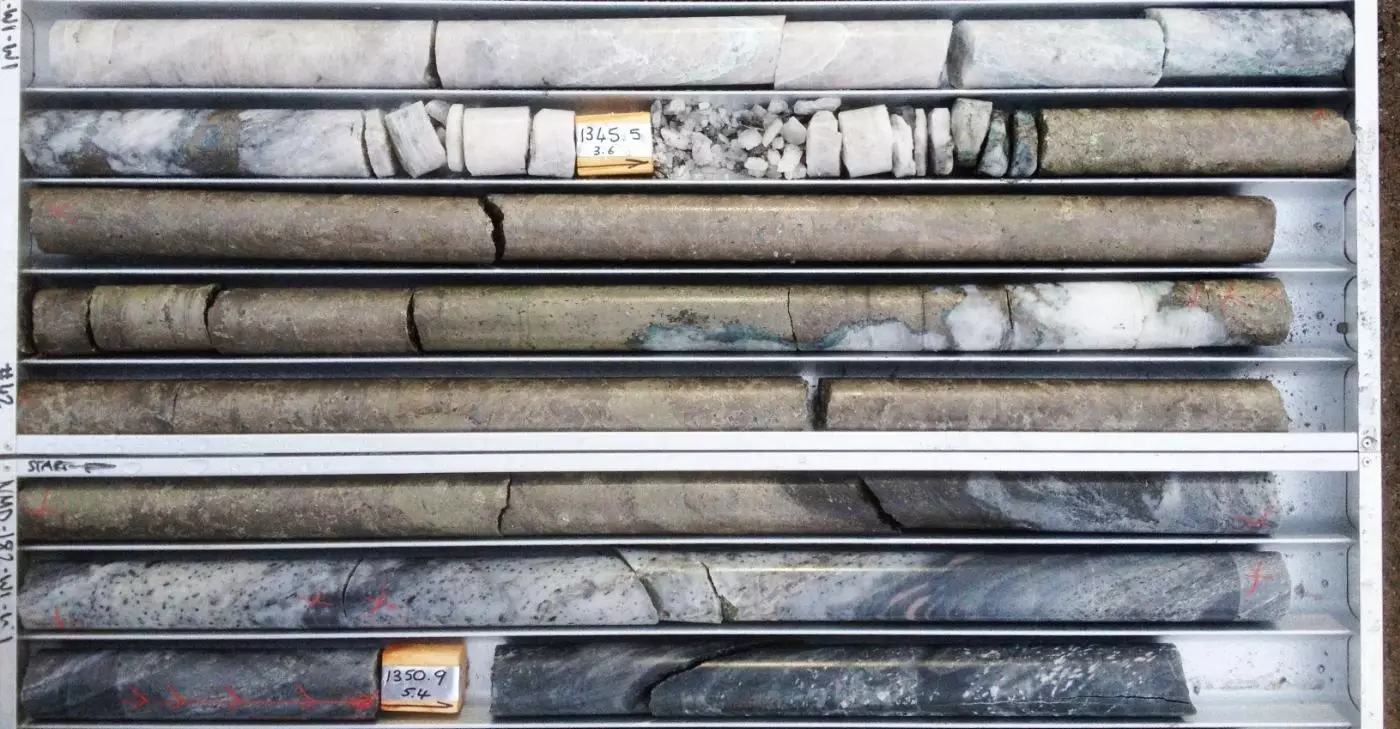Sediment-hosted copper deposits are the second most important source of copper next to porphyry copper deposits and account for about 20% of the world’s copper production. The Central African Copper Belt (CACB) is the largest and most prolific mineralized sediment-hosted copper province known on Earth. The area is host to numerous operating mines and has been worked continuously for the last century. It has been estimated to host over 5 billion tonnes of copper ore with grades up to 4%. The area is also host to around 40% of the world’s cobalt concentration and almost 50% of copper hosted in sedimentary deposits.
Location
This world-class mineral province stretches from the Copperbelt Province in Zambia, North through the Katangan Province of the Democratic Republic of Congo and back in to the North Western Province of Zambia.
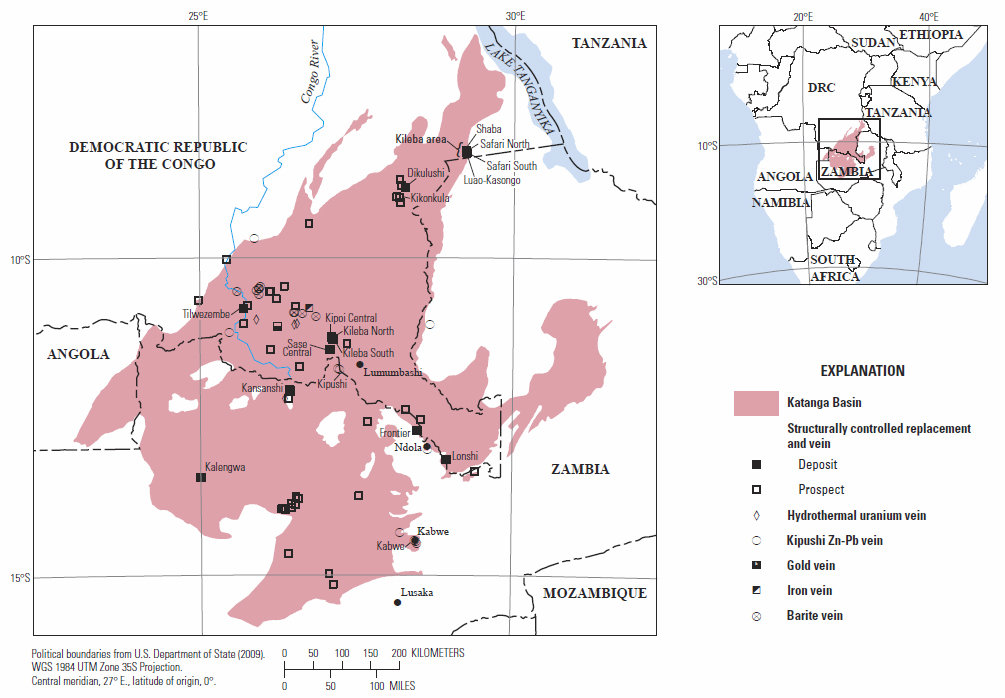
Discovery and Early Production
Copper mineralization was first discovered at the turn of the 20th century with large-scale production starting at Luyansha in the 1930’s, this was followed rapidly by Nkana (1932), Mufulira (1933), and then Nchanga in 1939. By the 1950’s copper production had reached 400,000 tonnes per year and passed the 600,000 tonnes per year mark in the mid-1960’s. A period of decline followed in 1976-77 sinking to a 1996-low of 350,000 tonnes/year. The CACB is estimated to have a total endowment of 166,000,000 tonnes copper with less than 10 percent of that already produced.
Deposit Characteristics
Central African Copper Belt deposits are sometimes referred to as shale-hosted copper deposits, this is a poor description because the deposits are often not in shales, as much of this style of mineralization is hosted in sandstones. This type of deposit is host to around 25% of the world’s copper resources.
In most cases the deposits are no more than 3 metres thick and never more than 30 metres. Mineralisation comprises of Copper (±Cobalt, Silver, Lead, Zinc, Platinum, Paladium), and the grade is typically 1 – 3% Copper. Mineralization is very continuous laterally and can contain huge tonnages. Ore minerals are dominated by fine-grained disseminated sulphides, comprising largely of Chalcopyrite, Bornite, Chalcocite, and digenite. Copper oxide minerals and higher concentrations of cobalt are present in supergene-enriched caps.
How Do They Form?
The copper deposits of the Katanga Basin are hosted by terrestrial and shallow marine sedimentary rocks (Katanga Supergroup) deposited 880-550 million years ago.
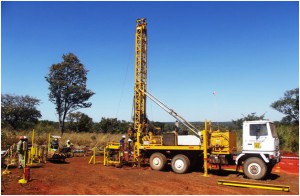
Historically these deposits were thought to be syngenetic (formed at the time of deposition) due to the “stratbound” or “stratiform” nature of the mineralization. However it has become apparent that the deposits became mineralized after deposition. With copper mineralization overprinting rock fabric, often structurally controlled. In addition the syngenetic model has major problems with metal sources, metal transport mechanisms and the evidence of alteration.
A more favourable model is one in which the deposition of the metals occurred when sediments were undergoing burial and diagenisis. Fluid inclusion studies have show that sulphate rich basinal fluids were present, which would easily leach metals from footwall sandstones or basement rocks.
Later these fluids rose through normal faults on the margins of the basin and moved laterally along permeable beds below the impermeable shales layers. Here chemical precipitation occurred at the boundary between oxidized clastics and reduced marine shale with replacement of early digenetic pyrite.
Copper was deposited at low concentrations as a component of the material eroded from the continental landmasses on either side. Periodically, the basin was isolated from the open ocean; water evaporated and salt was deposited among the sediments. Upon burial and deformation, notably during a phase of compression known as the Lufilian Orogeny, water trapped within the sediment was expelled and dissolved this salt. The resulting brine dissolved copper from the greater sedimentary package, and copper deposits formed where flow of this metal-rich liquid was focused and reacted with sulfur- or carbon-rich rocks to cause deposition of the dissolved copper.
A third model for the Zambian copper belt deposits, is a syntectonic model where mineralisation was deposited during progressive folding and faulting as the basin inverted after formation. Evidence of this includes the fact that copper mineralization is strongly associated with localised hydrothermal alteration of sedimentary rocks in the Katanga basin that decreases in intensity away from ore.
Some Important Deposits
Many of the mines currently in operation are close enough to surface to be mined by open pit methods. Some of the higher grade and often-older mines are underground.
Kamoa
Kamoa owned by Ivanhoe Mines lies on the north western margin of the Central African copper belt 25km west of Kolwezi in the DRC. The deposit covers an area of ~22 x 12 km, and varies from 2 to 15 m in thickness. As of January 2013, Ivanhoe Mines had discovered an Indicated Mineral Resources of 739 million tonnes grading 2.67% copper, containing 43.5 billion pounds of copper, and Inferred Mineral Resources of 227 million tonnes grading 1.96% copper, containing 9.8 billion pounds of copper. The project is in the development stage
Lumwana
Lumwana is owned by Barrick and located in the Domes region of Northwestern Province, Zambia. Lumwana produced 287 million pounds of copper in 2015 and reports Proven and Probable copper of 3.1 billion pounds as of the end of 2015.
Kansanshi
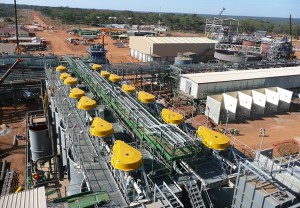
Kansanshi is 80% owned by First Quantum Minerals
Konkola Copper Mines
Konkola is not a mine but a company operating three mines and is Zambia’s largest integrated copper producer.
Their Nchanga mine has been operating since 1927, and current mining activities are both underground and open pit. The Konkola mine is an underground operation exploiting the Chililabombwe deposit and Nampundwe is an underground pyrite mine which supplies blending material for the smelting of copper concentrate.
Further Reading
“Descriptive Models, Grade-Tonnage Relations, and Databases for the Assessment of SedimentHosted Copper Deposits—With Emphasis on Deposits in the Central African Copperbelt, Democratic Republic of the Congo and Zambia” USGS PDF
Theron, S.J “The origin of the Central African Copperbelt: in a nutshell” from The Southern African Institute of Mining and Metallurgy Base Metals Conference 2013 PDF
Hitzman, M., Kirkham, R., Broughton, D., Thorson, J. and Selley, D., 2005 The Sediment-Hosted Stratiform Copper Ore System, in: Hedenquist, J. (et al.), Economic Geology 100th Anniversary Volume p. 609 – 642.
Sediment-Hosted Copper Deposits of the World: Deposit Models and Database USGS PDF

